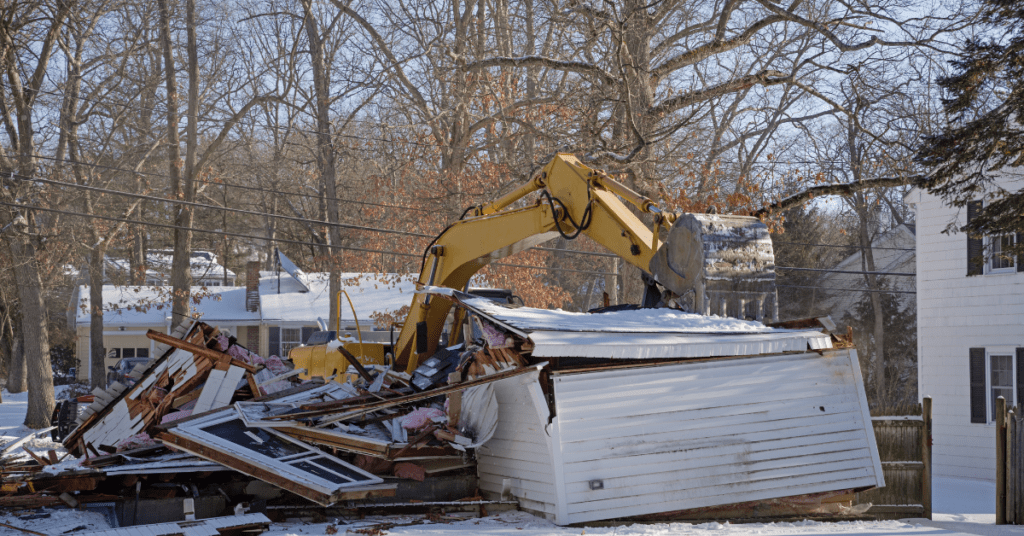Managing Construction and Demolition Waste: A Sustainable Approach

In today’s fast-paced world, the construction industry plays a pivotal role in shaping our built environment. However, this rapid development comes with its own set of challenges, particularly the management of construction and demolition waste. This type of waste, often overlooked, poses significant environmental and economic issues. Fortunately, with the right strategies, it is possible to mitigate these impacts and promote sustainability in the construction sector.
Understanding Construction and Demolition Waste
Firstly, it is essential to understand what constitutes construction and demolition waste. This category includes materials such as concrete, wood, metals, glass, and bricks, which are generated during the construction, renovation, and demolition of buildings. In many cases, these materials can be recycled or repurposed, reducing the need for new raw materials and minimizing environmental footprints.
The Environmental Impact
Moreover, the improper disposal of construction and demolition waste can lead to serious environmental problems. Landfills, already burdened with municipal waste, receive a significant amount of this type of debris, which contributes to pollution and the depletion of land resources. Consequently, the construction industry is urged to adopt more sustainable waste management practices.
Strategies for Waste Reduction
In order to address this issue effectively, we can implement several strategies. One approach is the use of sustainable construction and building materials. These materials, often recycled or eco-friendly, reduce the overall waste generated during construction projects. For example, using reclaimed wood or recycled metal can significantly cut down the volume of waste.
Another key strategy involves implementing waste management plans at the onset of construction projects. By planning ahead, builders can identify opportunities to reduce waste, recycle materials, and dispose of debris responsibly. Additionally, the integration of modern technologies, such as Building Information Modeling (BIM), helps in optimizing material usage and minimizing waste.
Recycling and Reusing Materials
Recycling and reusing materials are central to effective waste management. For instance, concrete from demolition sites can be crushed and used as aggregate for new construction projects. Likewise, metals can be melted down and repurposed, reducing the demand for virgin materials. Through these practices, not only is waste diverted from landfills, but also the need for new construction and building materials is diminished.
Economic Benefits
Besides environmental advantages, proper management of construction and demolition waste can yield economic benefits. Recycled materials are often cheaper than new ones, and using them can reduce the overall cost of construction projects. Moreover, companies that adopt sustainable practices can enhance their reputation and attract eco-conscious clients, further driving economic success.
Policy and Regulation
Furthermore, policy and regulation play a crucial role in managing construction and demolition waste.Governments worldwide are enacting stricter regulations to ensure responsible waste management. Some areas have regulations that mandate recycling a certain percentage of construction materials. Compliance with these regulations not only helps in waste reduction but also encourages innovation in the industry.
The Role of Innovation
Innovation is another driving force behind sustainable construction practices. Engineers and researchers continually develop new materials and technologies to enhance the efficiency and sustainability of construction. For example, advances in prefabrication and modular construction can significantly reduce waste by producing components in a controlled environment with minimal material loss.
Conclusion
In conclusion, managing construction and demolition waste is a critical aspect of sustainable development. Through the use of recycled and eco-friendly construction and building materials, along with strategic planning and innovative technologies, the construction industry can significantly reduce its environmental impact. Not only does this benefit the planet, but it also offers economic advantages and complies with evolving regulations. By embracing these practices, we can build a more sustainable future, one project at a time.
Incorporating sustainable waste management into construction practices is not just a necessity but a responsibility. Therefore, the next time a building rises, let it symbolize not only progress but also a commitment to preserving our environment for future generations.



Leave a Reply